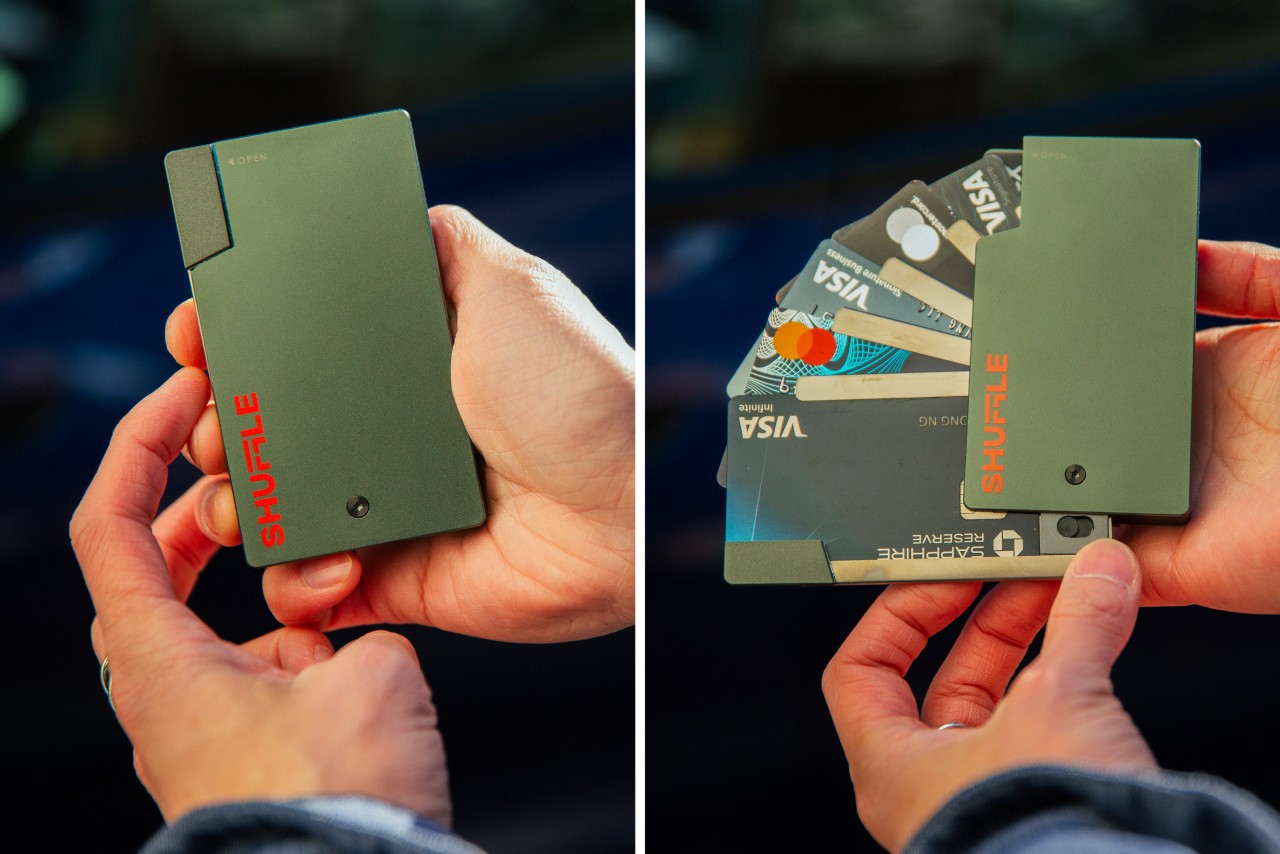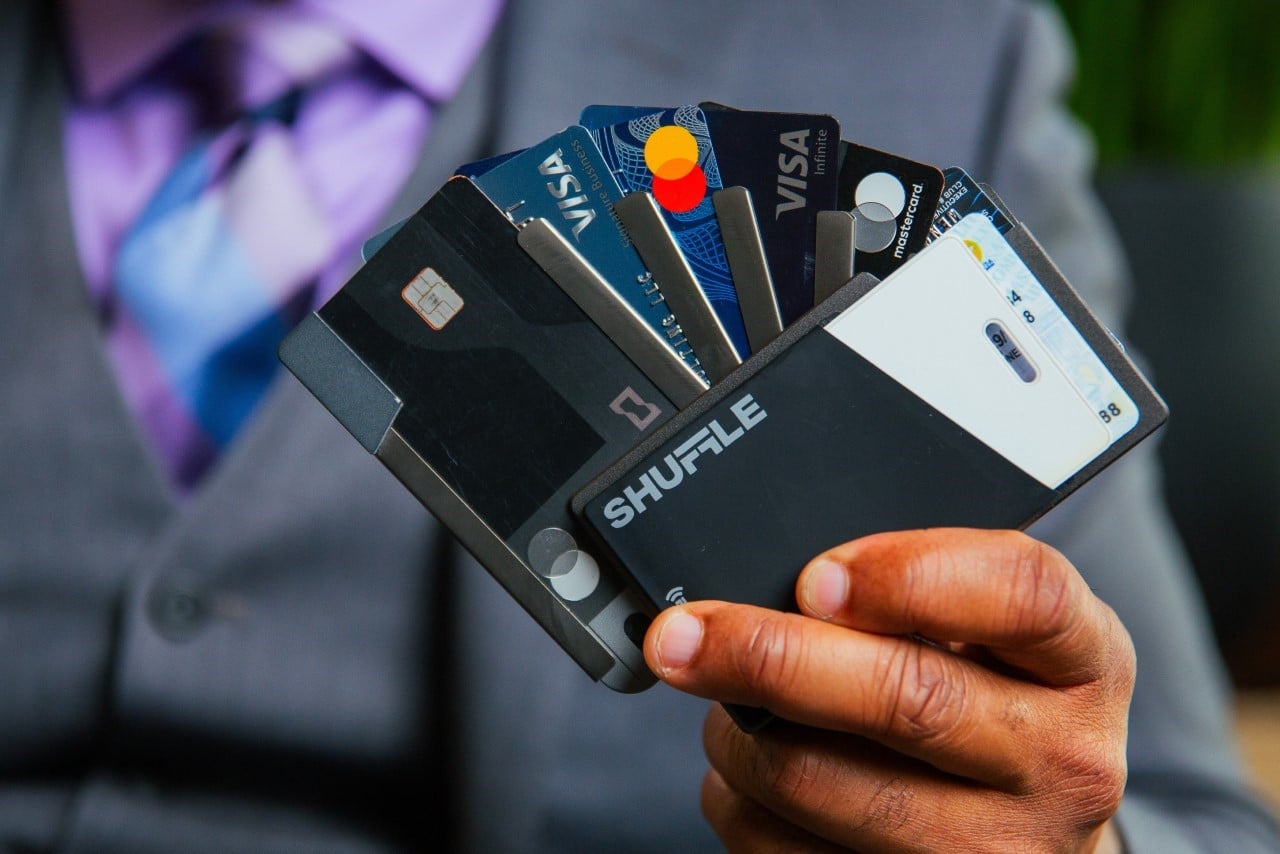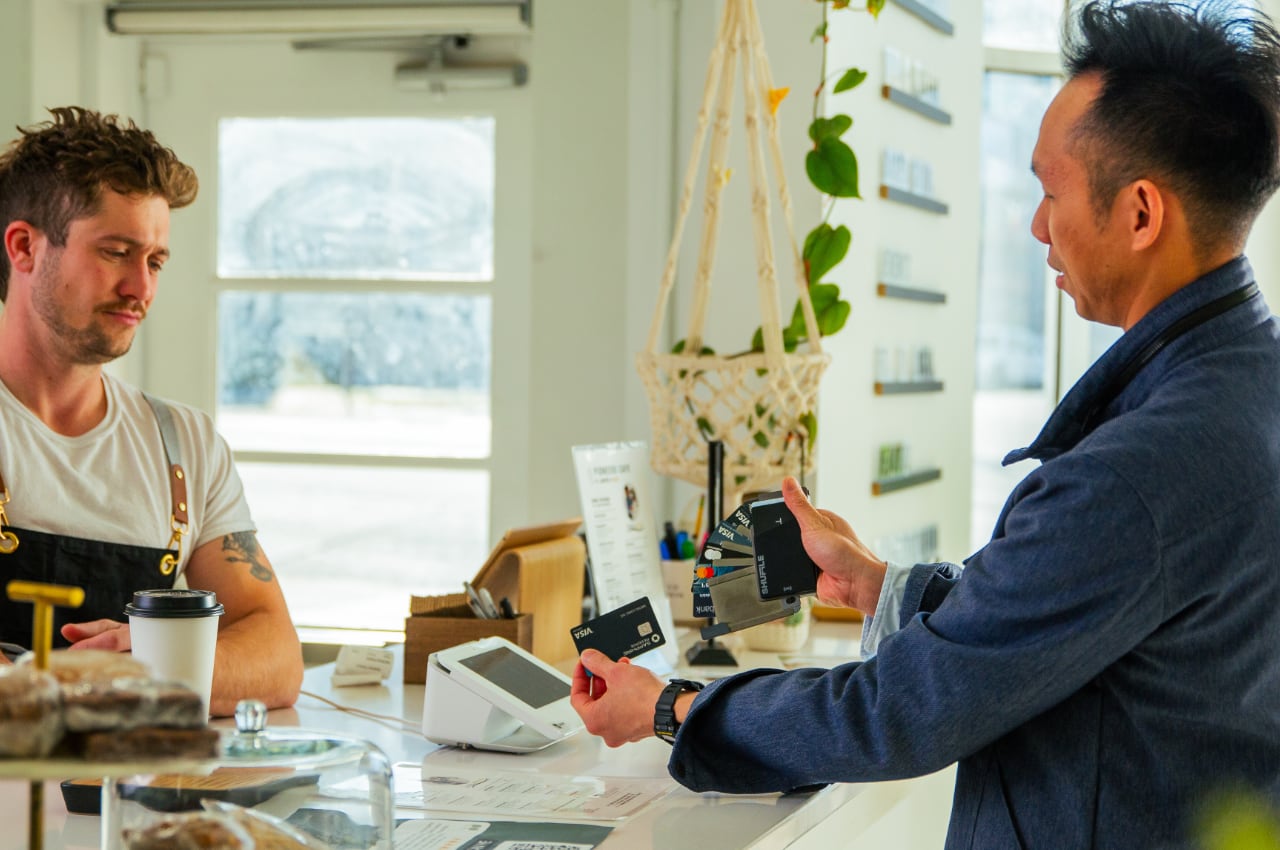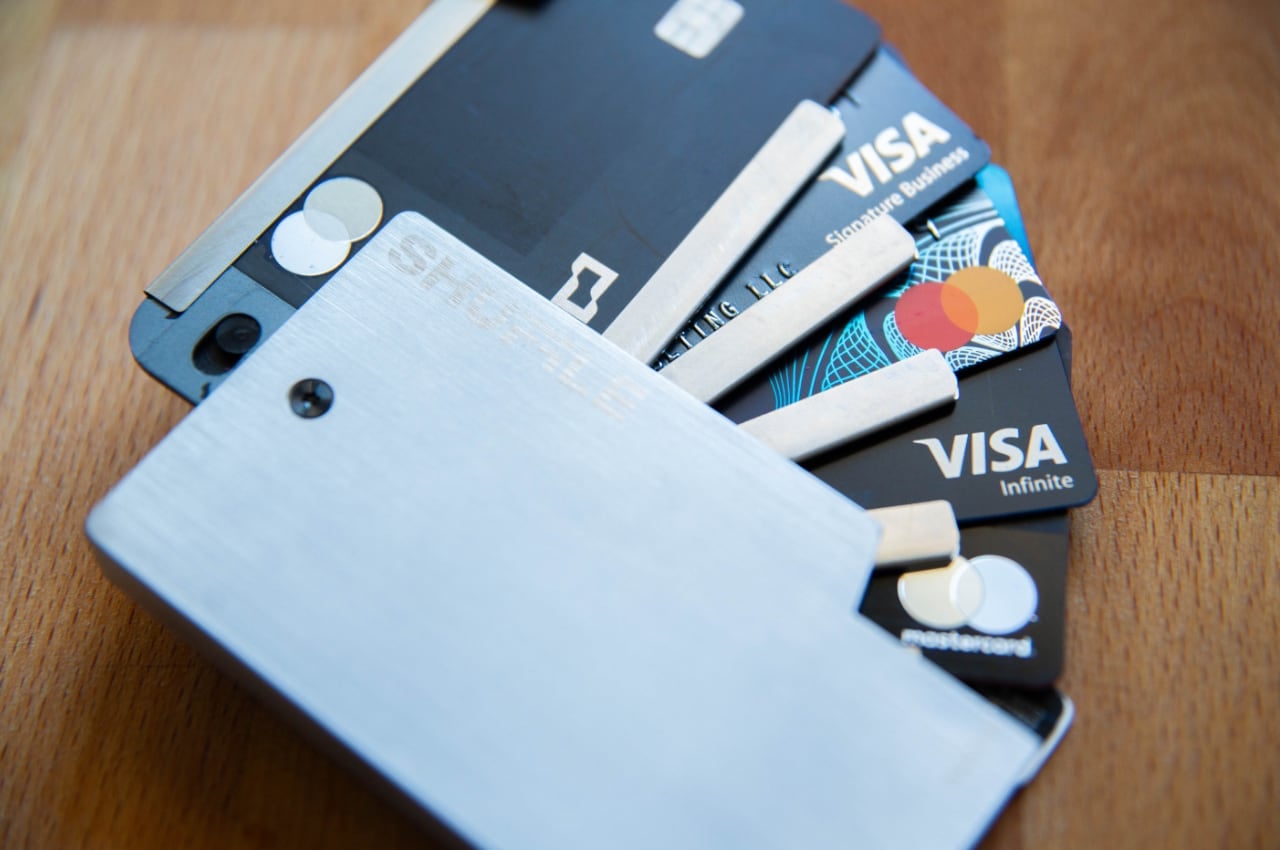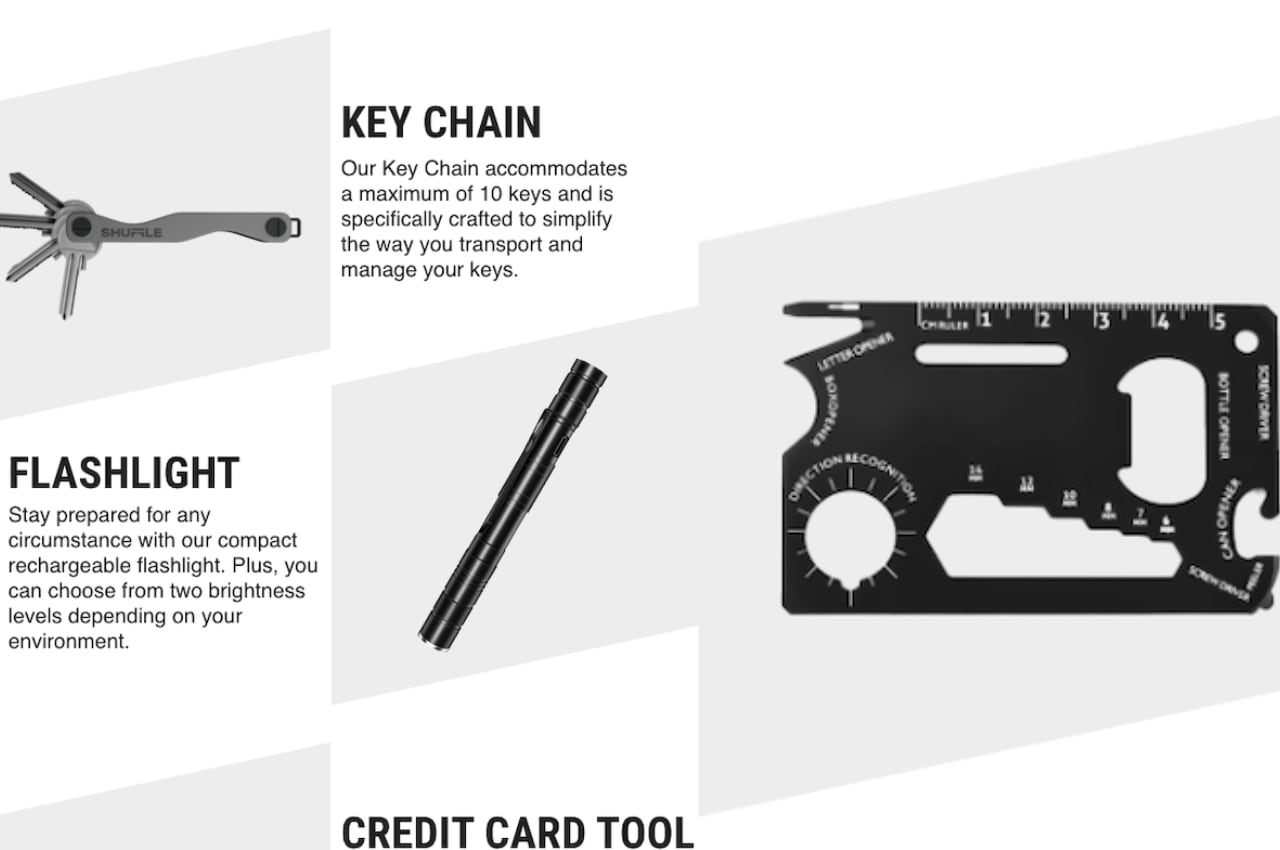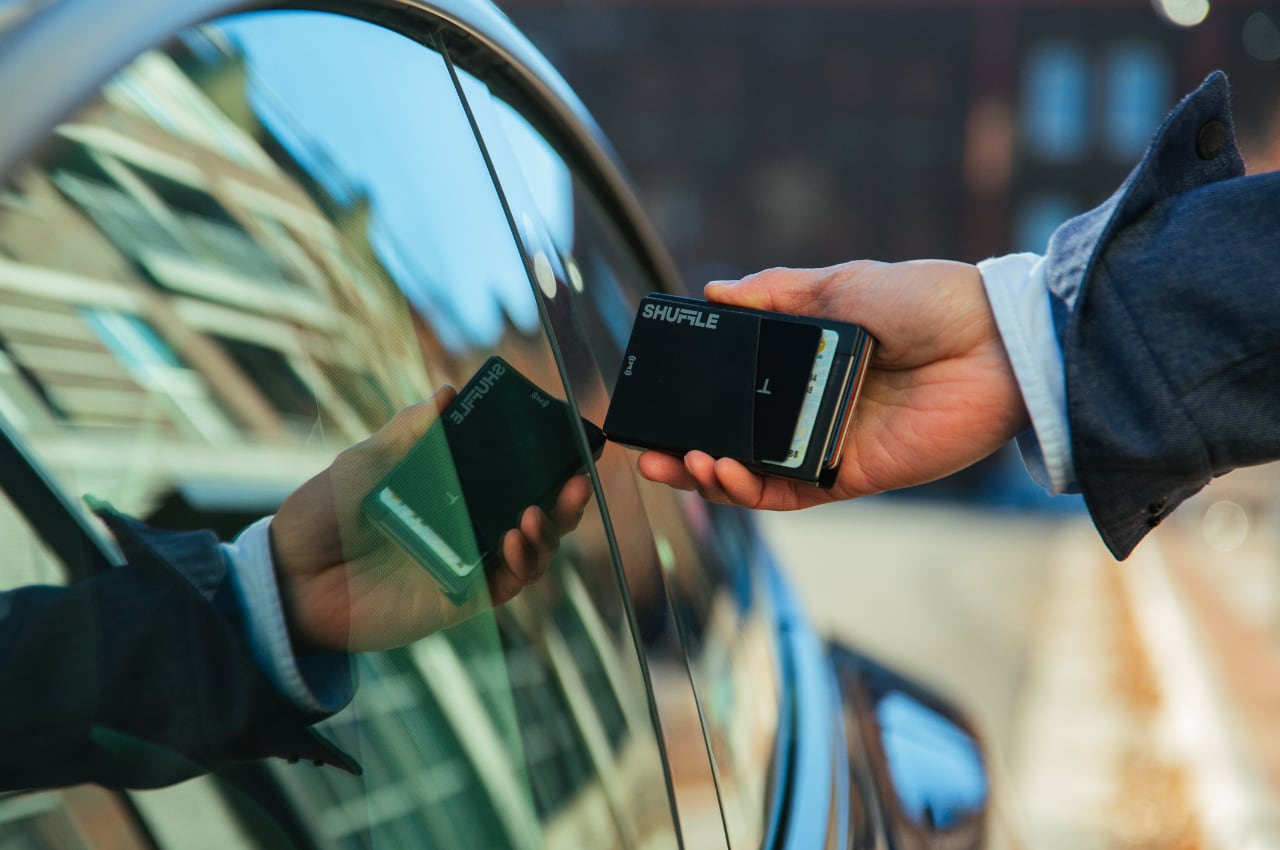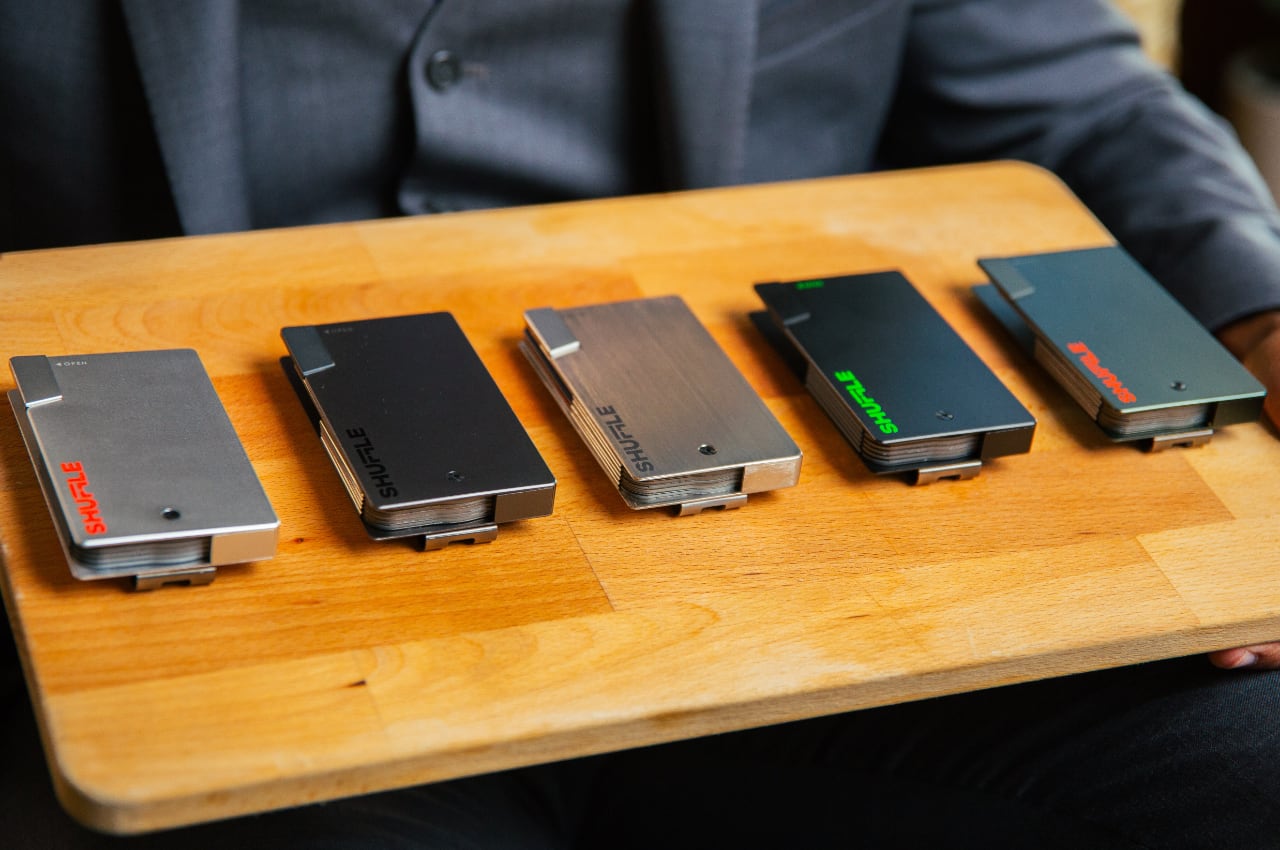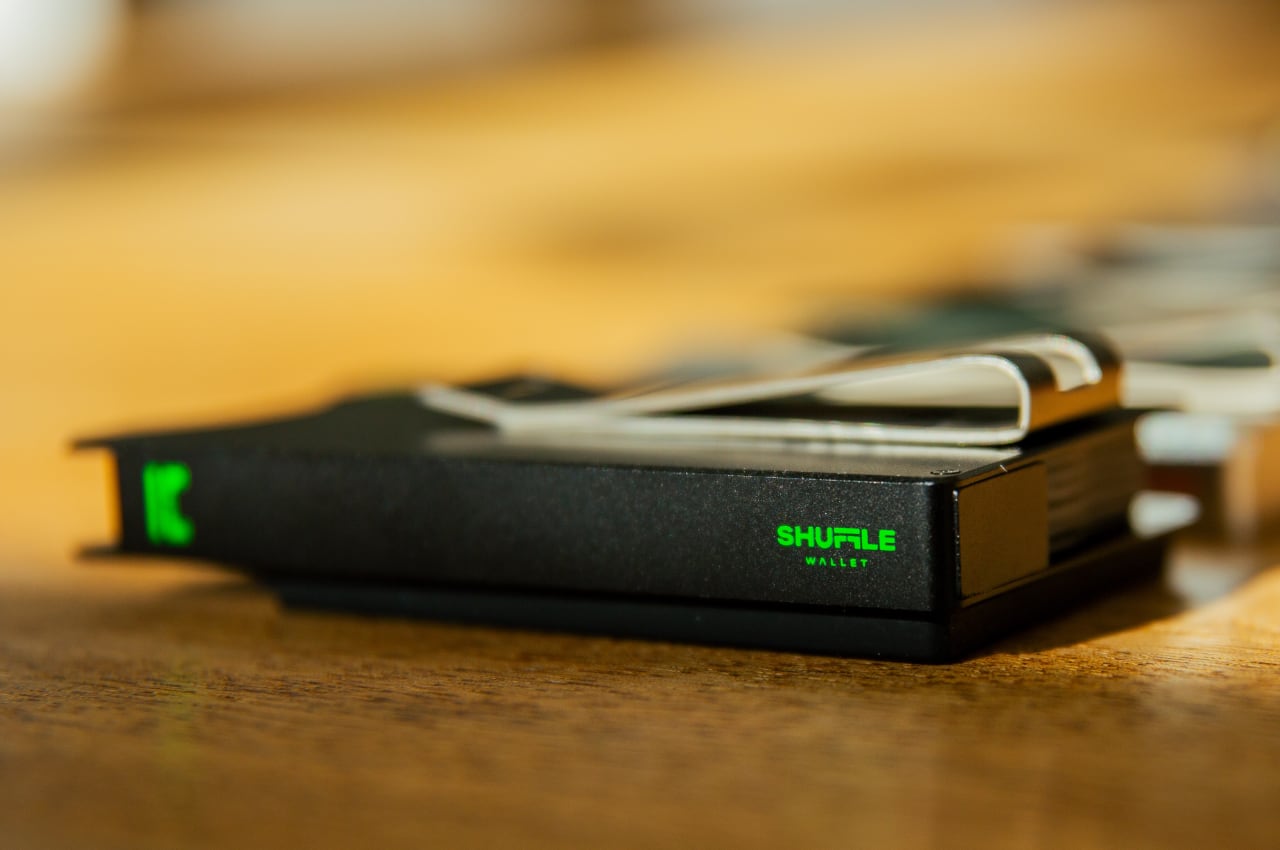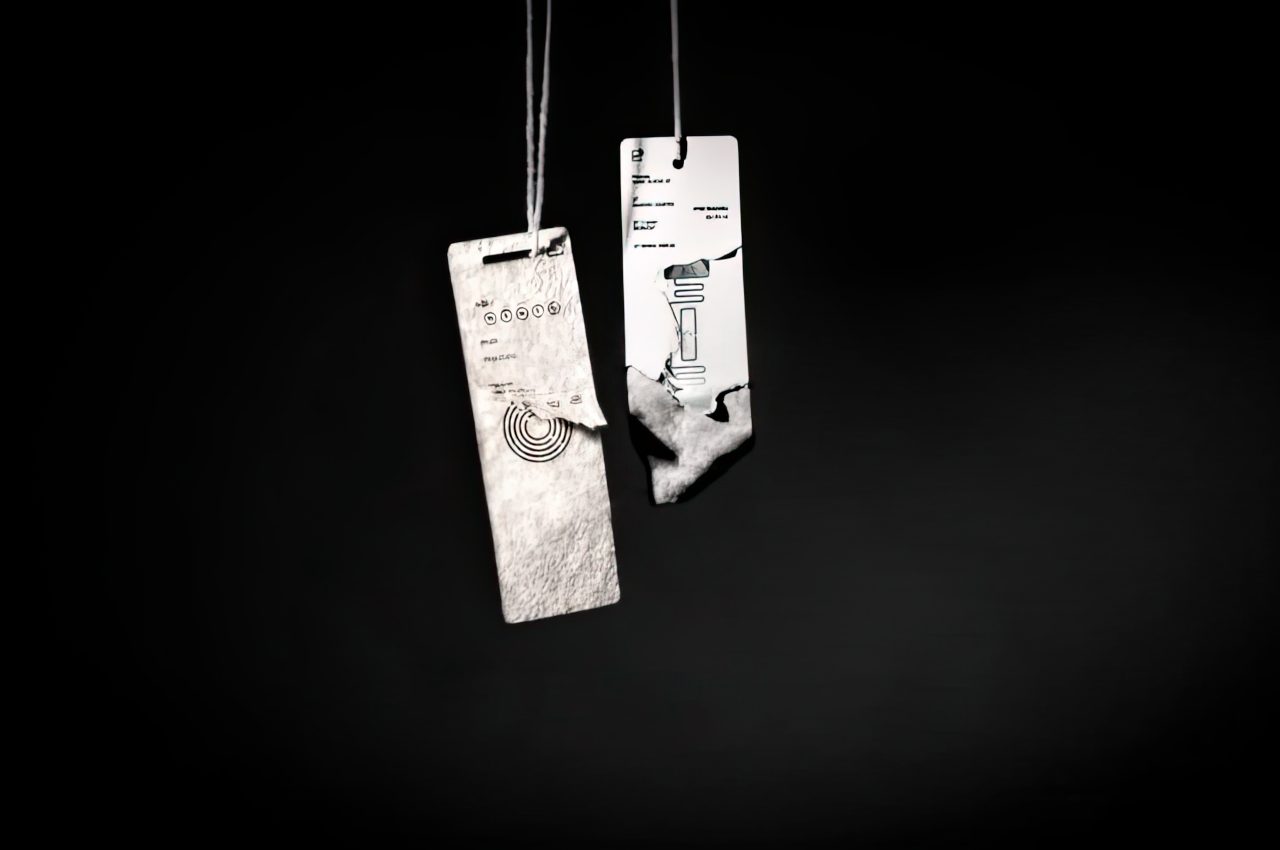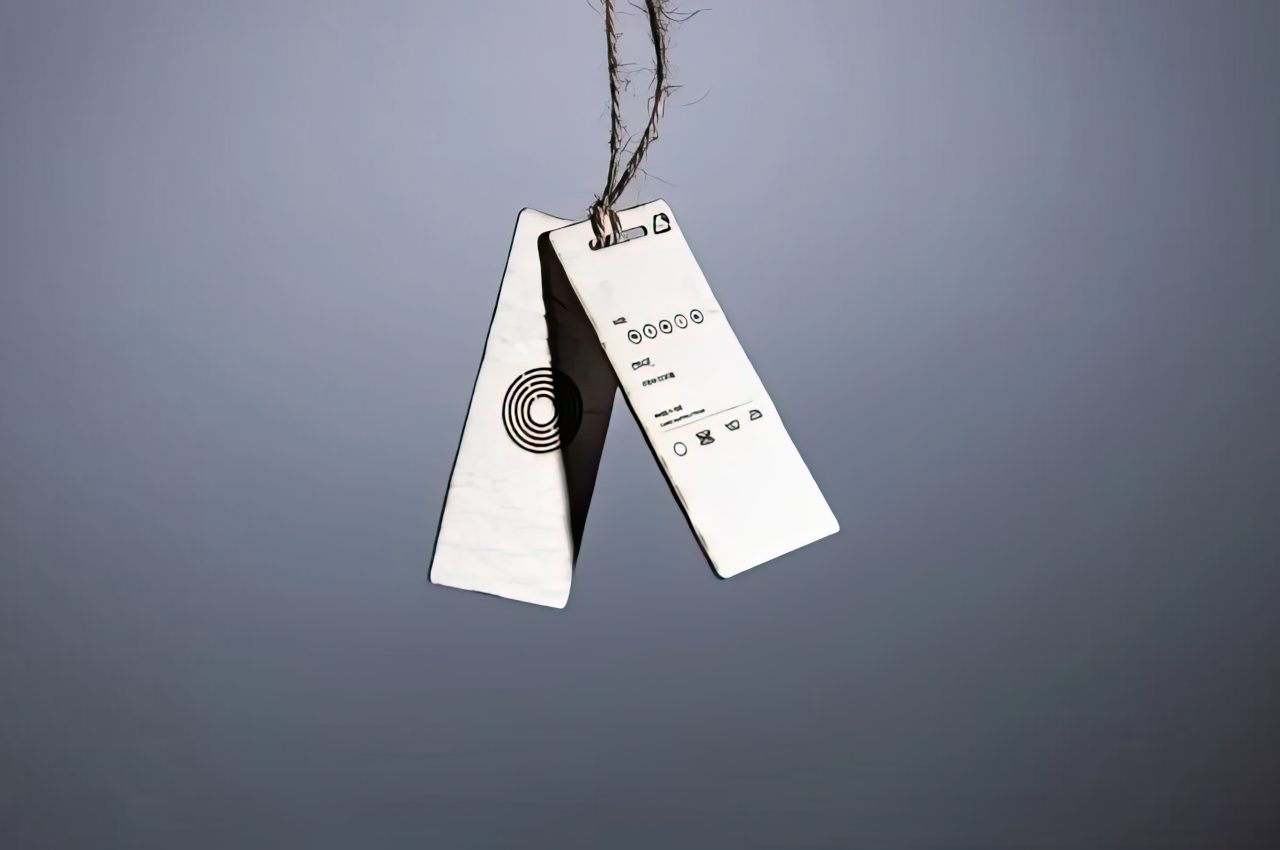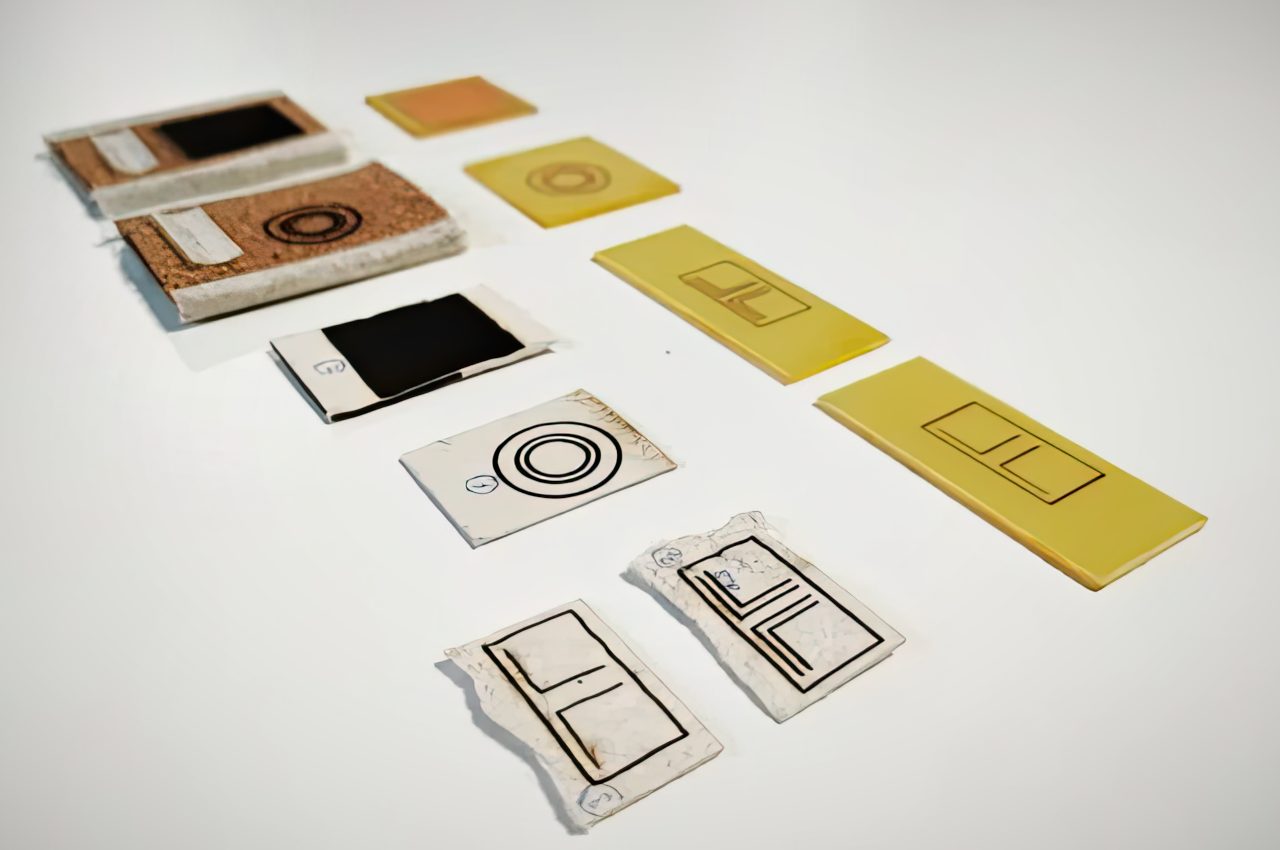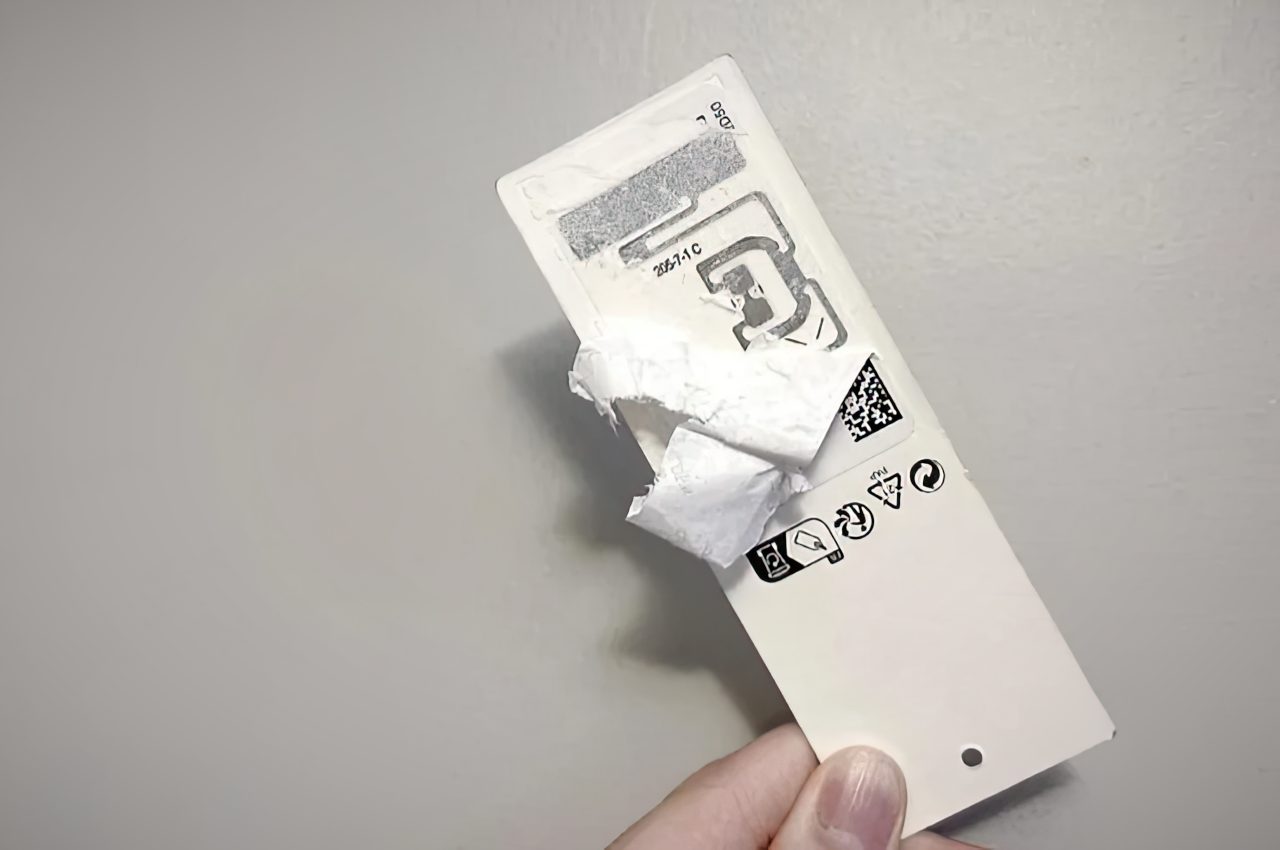Select a card from the Shuffle Wallet, and it’s no surprise if it evokes the familiar feel of a deck of playing cards. The concept of the Shuffle Wallet resonates widely, given the universal experience of playing cards, adding a touch of brilliance to its conception. When Stephen’s co-founder Jack asked him how he came up with the idea, his simple response, “It was an accident,” made me chuckle. He said this while wearing a neck brace. While I like minimalist wallets and shuffling cards, will combining the two make for a great form and functional wallet? Let’s explore further and discover why this product is the perfect solution for the most personal accessories you carry daily.
Designers: Jack Yao & Stephen Ng
Click Here to Buy Now: $79 Hurry, only 5/285 left! Raised over $190,000.
The Shuffle Wallet is cleverly designed as an ideal solution for those looking to simplify their lives and protect their cards, especially those with NFC chips, from unwanted scans. Consider a common situation that I’ve experienced, where I’ve flustered my children in front of their friends by fumbling through cards and old receipts to locate the Starbucks card when treating them to drinks at Starbucks. While this may have only lasted seconds, it felt mortifying to a teenager with their friends watching. Another costly example where the Shuffle Wallet could have saved me time and money occurred during my visit to Tokyo. When riding the subway there, you must retain your exit ticket. Otherwise, you’re required to pay again if you lose the ticket. This situation becomes even more problematic when riding the bullet train, where the ticket price can exceed $80. These instances underscore the shortcomings of traditional wallets, and it’s these everyday inconveniences that the Shuffle Wallet aims to eliminate.
The Shuffle Wallet, created by the innovative team at Mobile Pixels, stands out for its practicality and elegant design. It includes a unique opening mechanism reminiscent of a deck of cards, which allows you to easily browse and select one of the six or eight cards (if you use the silicone pouch). The quick-draw slot provides swift access to your most frequently used card.
This feature isn’t just about speed; it’s also a security measure designed to keep your cards securely in place, preventing them from accidentally slipping out. It also comes with a sleek money clip for those who prefer to carry cash, providing a minimalist yet organized way to keep your bills secure and accessible.
The creative features of the Shuffle Wallet continue with its unique opening mechanism. It also incorporates RFID-blocking technology. This feature provides a secure barrier to protect your cards from potential digital theft, ensuring your sensitive information is safe from unauthorized RFID scans.

The Shuffle Wallet is entirely RFID-protected, so digital scammers can’t scan your cards without your permission!
RFID blocking creates a barrier or shield around your cards that operate using Radio Frequency Identification (RFID) technology. This technology is commonly found in credit cards and passports, allowing information to be read wirelessly via radio waves. While this provides convenience, it also opens up the potential for unauthorized access or theft of sensitive data.
An RFID-blocking feature, like the one integrated into the Shuffle Wallet, prevents this unauthorized access. It uses materials that interfere with radio waves, making your cards ‘invisible’ to a scanner and securing your information.
This feature is crucial because digital theft is becoming increasingly common. Criminals can use portable RFID readers to steal information from your cards without you even knowing. The RFID-blocking feature in the Shuffle Wallet protects your cards against such potential digital theft, ensuring your sensitive information is safe from unauthorized RFID scans.

Want to share your contact card? The Shuffle Wallet has a built-in NFC business card that lets you share with a tap.
Networking is essential for everyone, from new graduates to accomplished entrepreneurs. That’s why the exchange of contact information must be swift and efficient. The Shuffle Wallet offers a perfect solution that combines convenience and technology. This innovative wallet features an NFC chip inside a silicone pouch, allowing you to embed your digital business card. You can easily share your contact information with a friendly tap of the wallet.
Recognizing the diverse needs of its users, the Shuffle Wallet offers a range of optional accessories to enhance its utility. An AirTag holder is available for those who want the added reassurance of being able to track their wallet, a feature that merges technology with peace of mind. For added convenience, there’s also a flashlight attachment with two brightness levels, a keychain capable of holding up to 10 keys, and a multifunctional credit card tool that includes a range of tools from a screwdriver to a bottle opener, all designed to be TSA-approved for trouble-free travel.
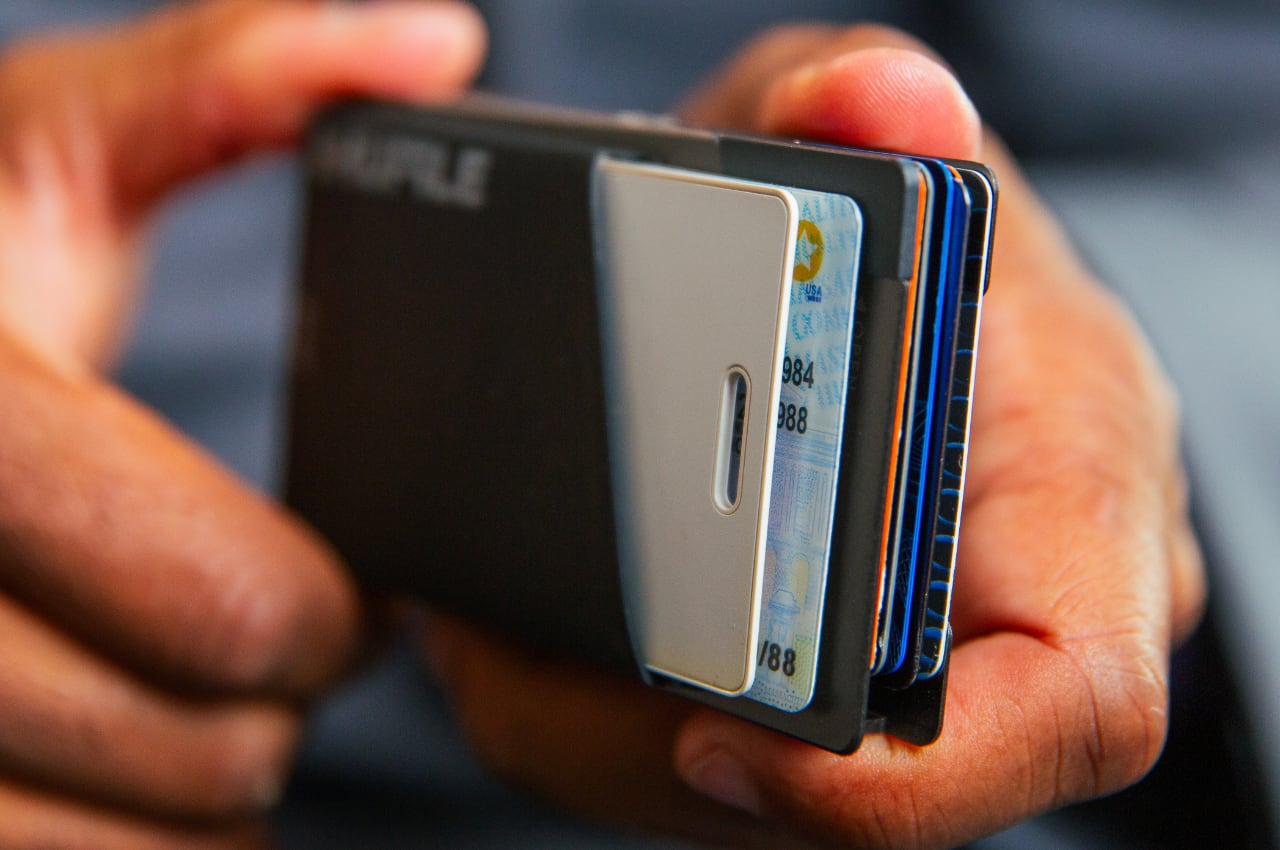
The wallet also provides an optional non-RFID silicone pouch for those who need quick access to specific cards without RFID protection. This is especially useful for items like subway passes or gym cards, which you might need to swipe or scan frequently.

Frequently used cards can sit in the Quickdraw slot, allowing you to instantly access them in under a second
The Shuffle Wallet is available in two durable materials: aluminum, which weighs 4.7oz, and titanium, weighing slightly more at 6oz. The aluminum version is offered in various appealing colors, including neon black, polar ice, gunmetal, and diesel green, while the titanium version showcases the sleek, raw beauty of titanium. Despite its compact size of 4.25 x 2.44 x 0.5 inches, the wallet is designed to be functional and stylish, with an aluminum keychain extending to 9cm in length.
From a broader perspective, the Shuffle Wallet provides more than just a storage space for your money and cards. It is a thoughtfully designed accessory that blends security, style, and practicality, catering to individuals who prioritize efficiency and grace in daily life.
Click Here to Buy Now: $79 Hurry, only 5/285 left! Raised over $190,000.
The post This RFID-blocking Smart Wallet has the most Satisfying Opening Mechanism first appeared on Yanko Design.
